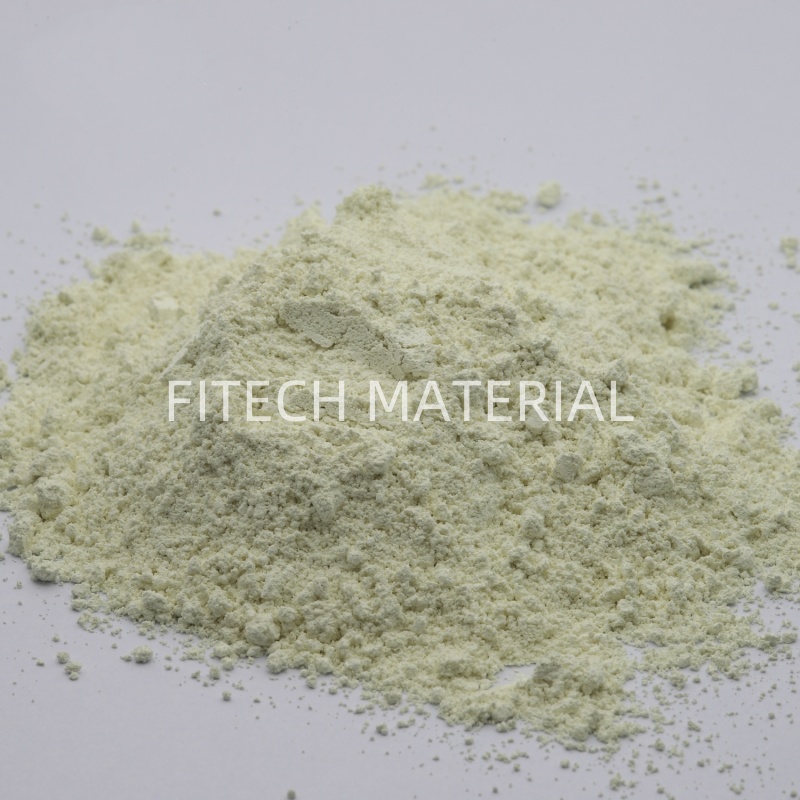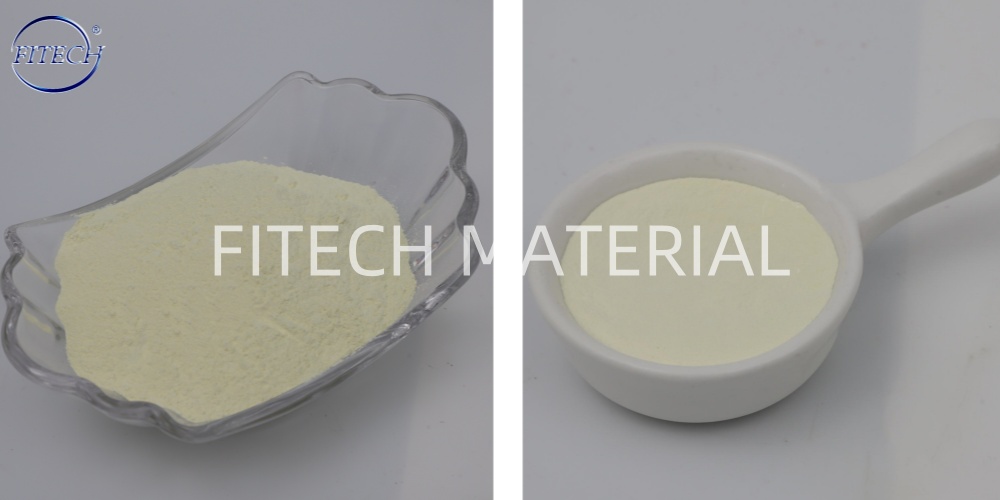CeO2, as a kind of rare earth nanomaterials, has been widely studied in recent years because of its good catalytic capacity, oxygen storage capacity and ultraviolet shielding capacity. CeO2 has a unique 4F electron layer structure, showing strong ultraviolet shielding ability, and because of its large band gap width, the shielding range of ultraviolet band is also large. In addition, CeO2 is non-toxic and stable, so it is a good choice for UV shielding agents.
Related product links:https://www.topfitech.com/high-purity-99-99-nano-cerium-oxide-30nm-50nm-100nm-200nm-manufacturer-direct-supply-product/
There are two main methods for nanomaterials to be used in fabrics as ultraviolet shielding agents:
(1) Nano-ultrafine powder surface modification, added to the spinning solution to prepare functional spinning;
(2) The solution of nano powder is coated on the surface of the fabric by the method of post-treatment. In this method, the nano-powder was prepared into a solution, the fabric was soaked with gadolinium and then dried, and the ultraviolet-resistant fabric was prepared.
However, the above two methods have obvious disadvantages: first, due to the harsh preparation conditions of nanomaterials, the post-treatment process is more complex, and the processing time is long, it is difficult to meet the requirements of large-scale production; Secondly, the nanomaterial particles are small and the specific surface area is large, which is easy to agglomerate on the surface and inside of the fabric, and will accelerate the agglomeration of the nanoparticles during drying, even if the surface modification is difficult to solve this problem. Moreover, because the nanoparticles are inorganic materials, there is no organic group on the surface, it is difficult to chemically react with the fabric to produce a firm bond, and after the surface of the nanoparticles is modified, the surface of the particles is coated with organic matter, which will affect its performance, especially the unique properties of nanomaterials in antibacterial, antistatic and other aspects. Therefore, nanomaterials still face great challenges in fabrics and even other applications of actual production.
Therefore, under this premise, researchers try to use in-situ synthesis method to solve this problem. Nanoparticles are directly generated on the surface of the fabric by preparing an appropriate solution, coating it on the surface of the fabric and drying it at a certain temperature. In the study, cerous nitrate was dissolved in water to form a solution, and oxidant and precipitator were slowly added to make it gradually react to form a precursor, and surfactants were added to wrap the nanoparticles to make them have good dispersion and prevent the agglomeration of nanoparticles on the surface of the fabric. After the solution configuration was completed, the cotton fabric was soaked for 20min, and then dried at 120°C for 5min. After SEM and XRD characterization, it was found that the particle size of the cotton fabric surface was 200~ 200 500nm cerium oxide nanoparticles, these cerium oxide nanoparticles have significantly improved the UV resistance of the fabric, and because the nanoparticles are bonded to the surface of the cotton fabric through chemical bonds, the bond with the fabric is quite strong.

Nano-ceo2 particles have a wide absorption band in the range of 300 ~ 450 nm, and with the decrease of particle size, the absorption band will be redshifted. Therefore, nano-CEO2 has a strong ultraviolet light absorption capacity, which is more efficient than organic anti-ultraviolet absorbers, and can be used to prepare ultraviolet absorbing materials.
Post time: Jan-30-2024



